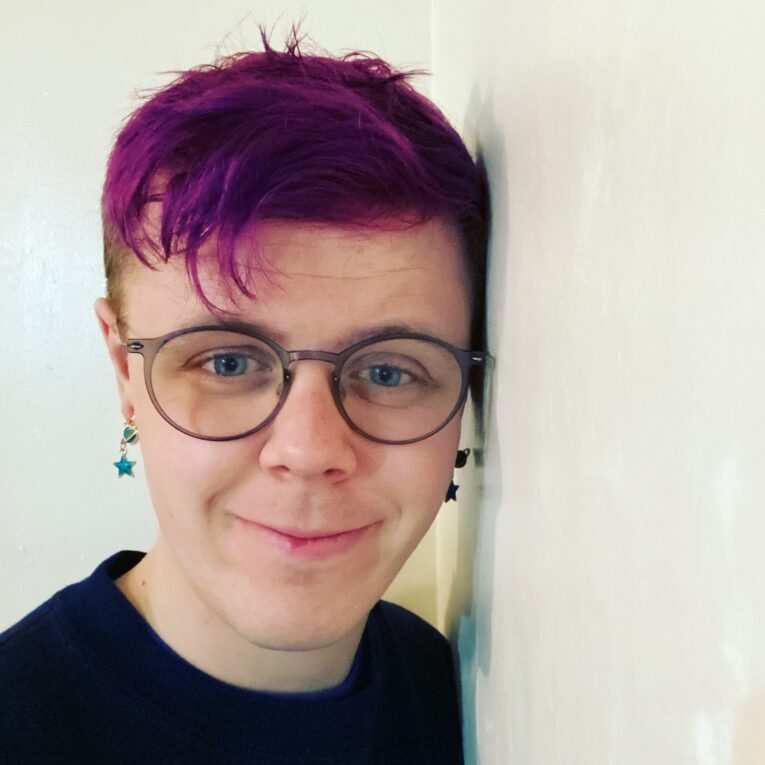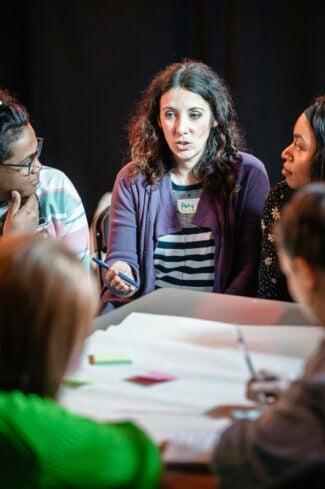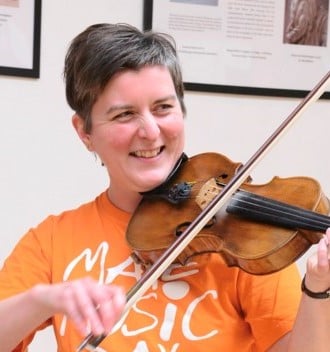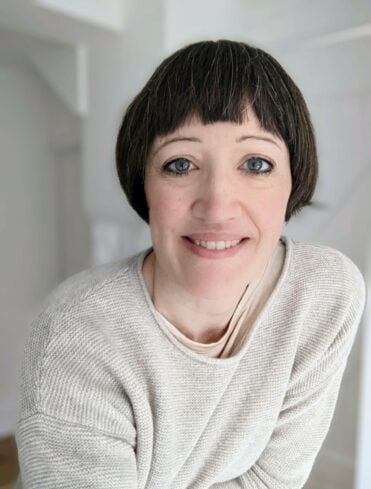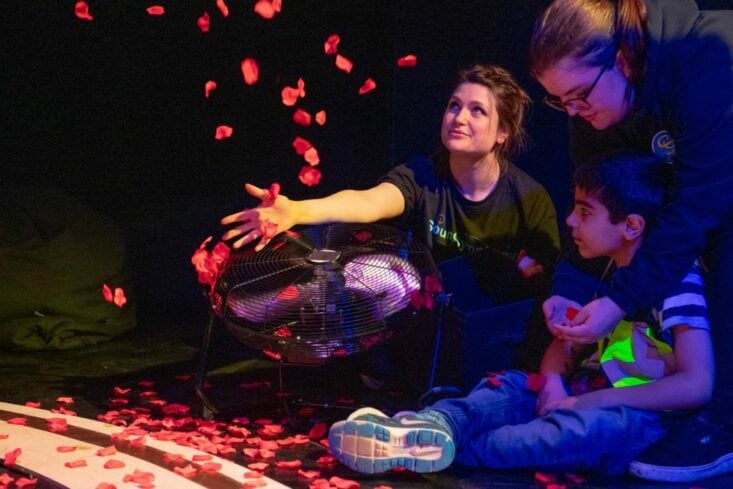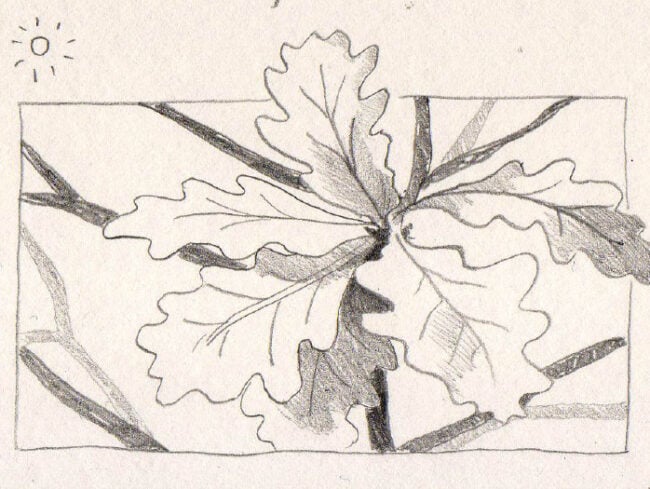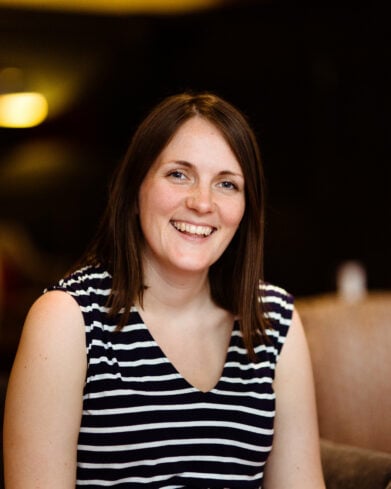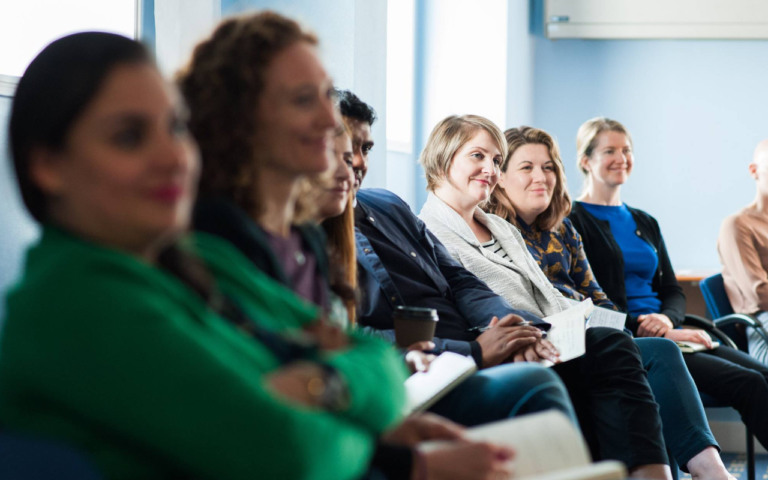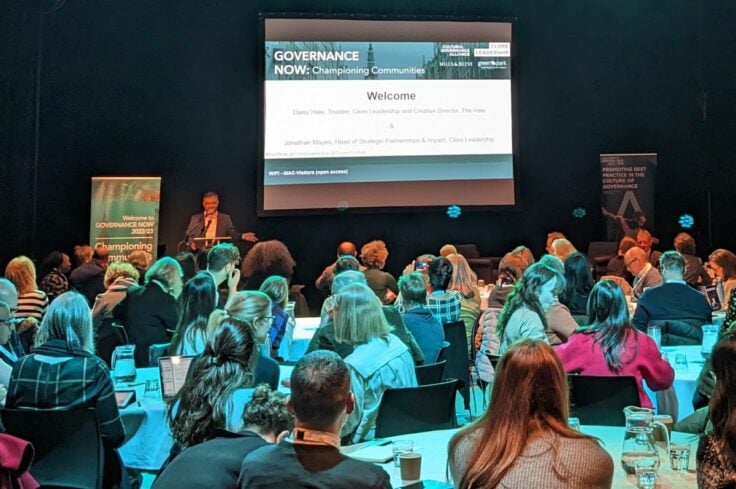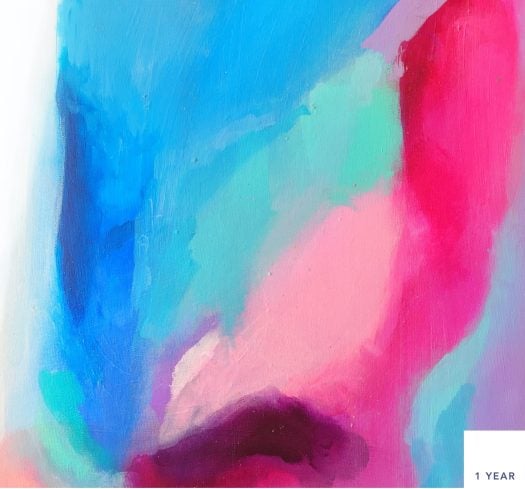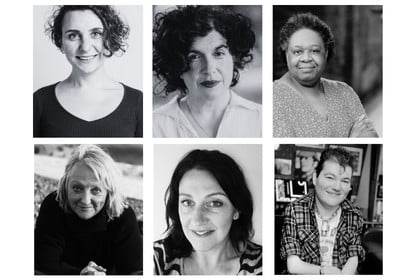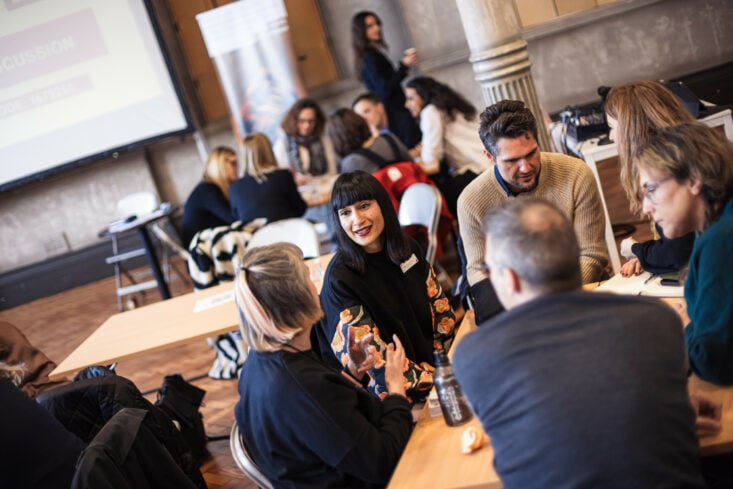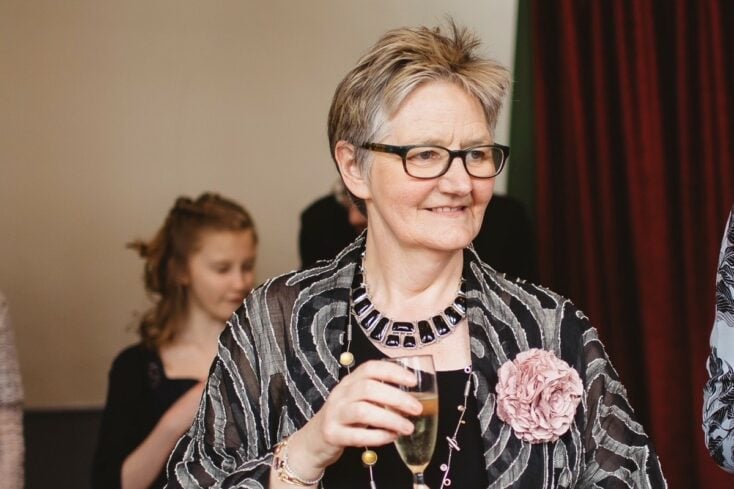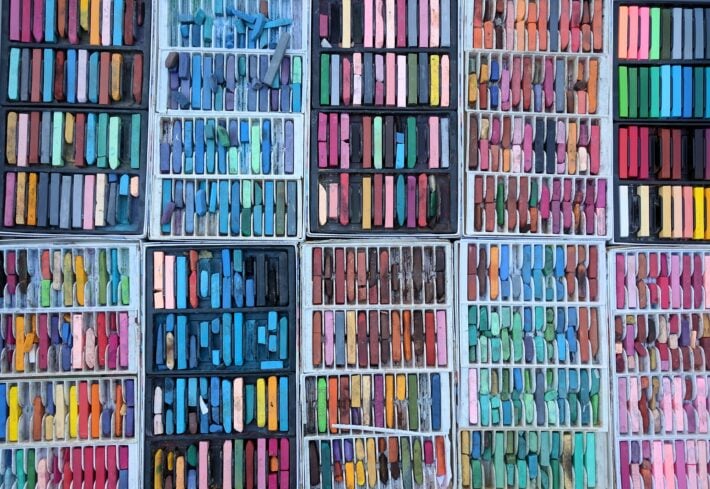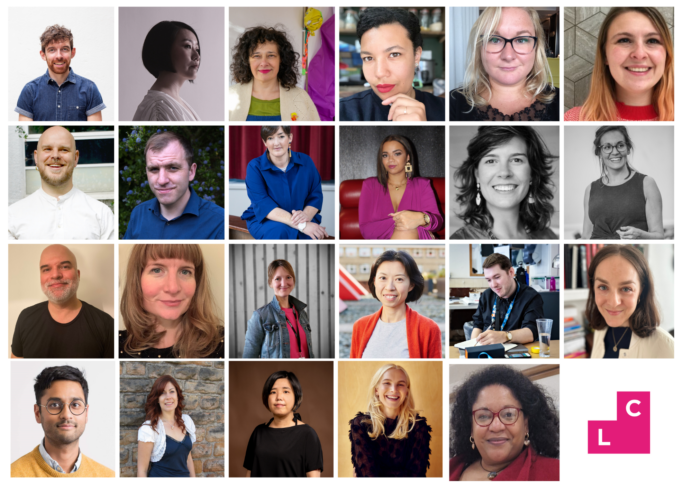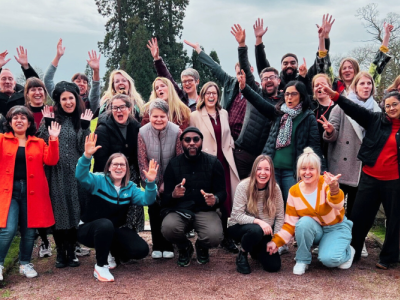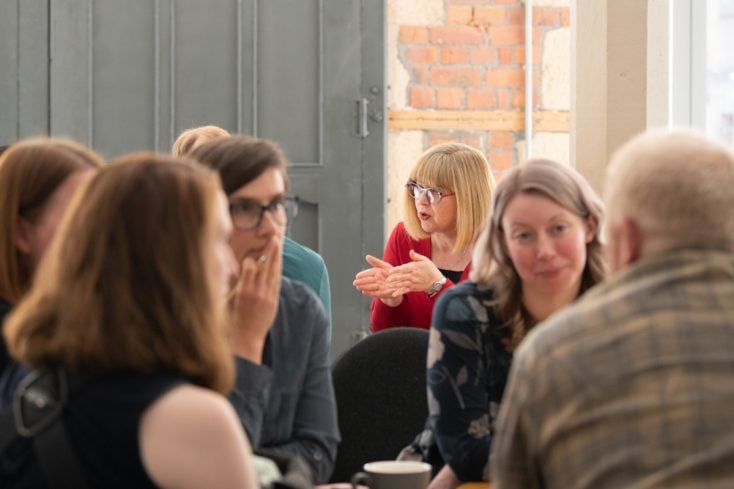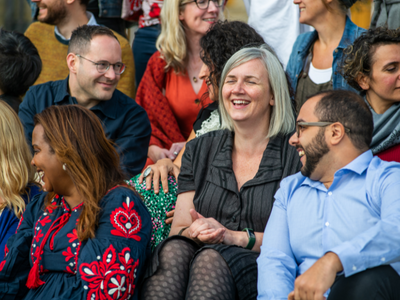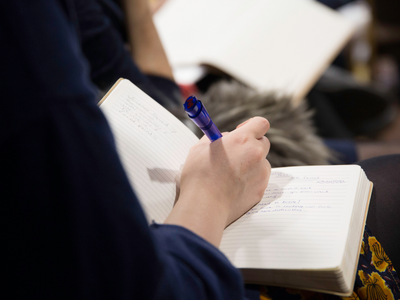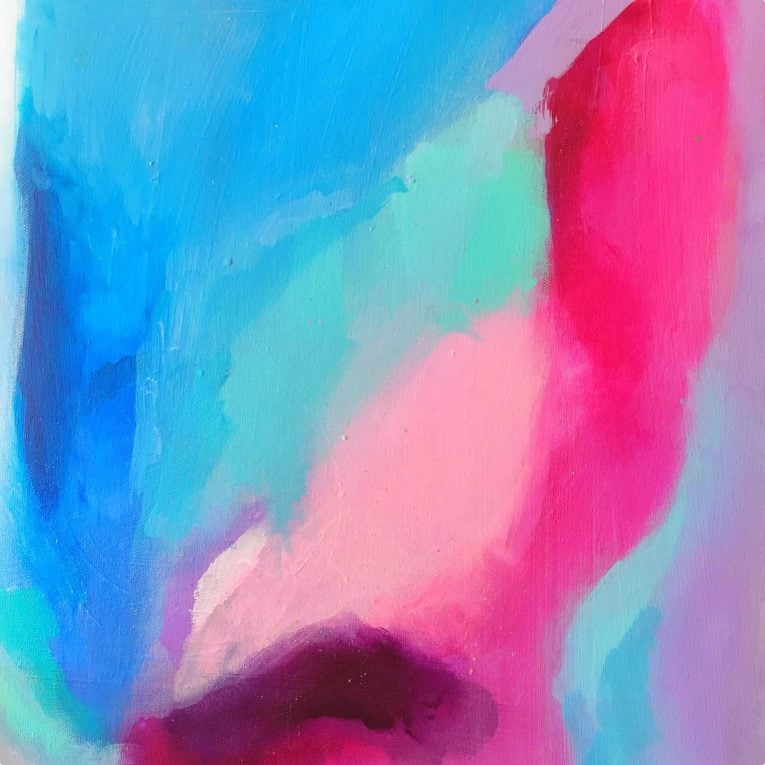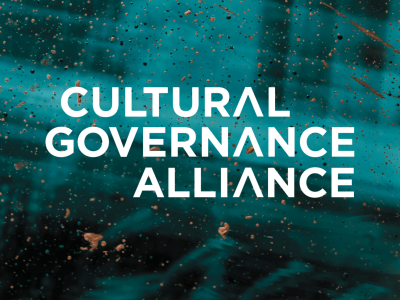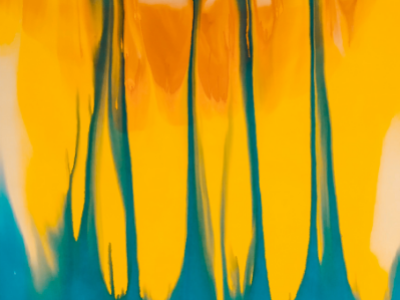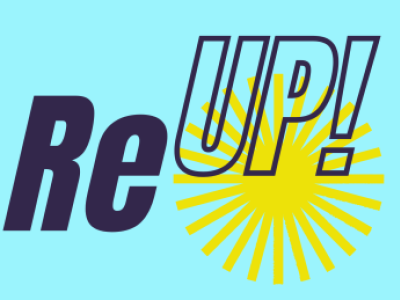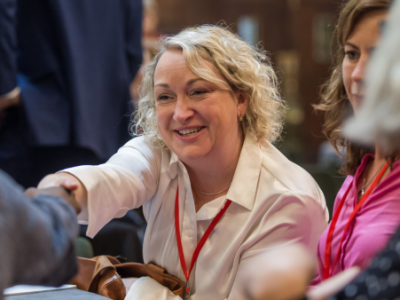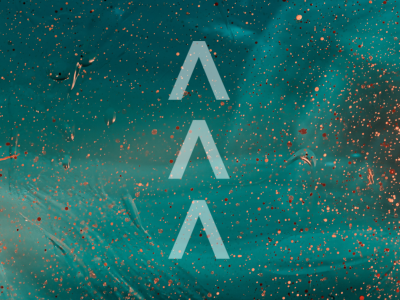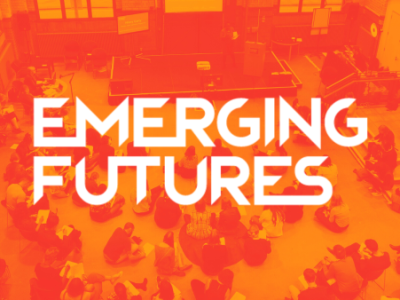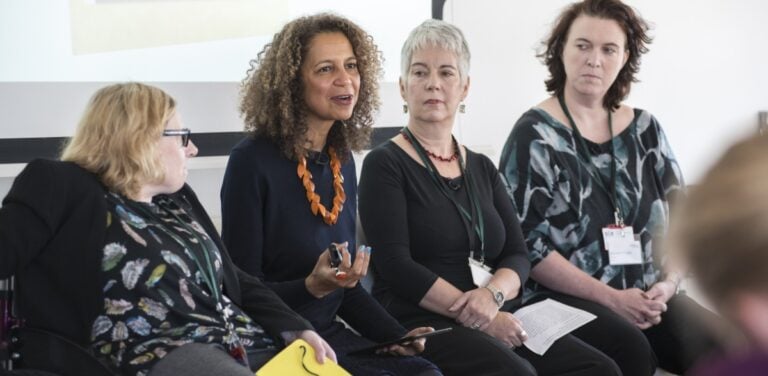Disabled Governance
Inclusive Cultures participant and Governance Now speaker Tom Ryalls shares reflections on the changes needed to support disabled trustees in the arts.
I think we all understand the importance of disabled leadership in the arts. Although we’ve made steps towards making theatre accessible, ableism remains deeply ingrained in the culture of the arts and needs dismantling. Countless examples litter Jack Thorne’s recent MacTaggart lecture and I find it staggering that (to my knowledge) Liz Carr is going to be the first wheelchair-user to play the wheelchair-using Dr Emma Brookner in the major production of The Normal Heart, coming soon to The National Theatre.
The solution to this lies in the knowledge of disabled people; we are the ones that perceive the ableist structures, where others don’t.
But the work is difficult and requires us to work within an ableist system in order to dismantle that system. This isn’t always possible for many of us, with the arts being underfunded and money for access cut first when budget lines are tight. The way we work in the arts, with such a high proportion of freelance workers is often misunderstood by Access-to-Work and it can be difficult to get support that way. Even with all the money in the world, there is no way to mediate certain ableisms unless you completely remove them, but to do so you often have to work within them.
This is obviously not sustainable, and I think it’s one of the biggest barriers for potential disabled arts leaders. Even if you have good people around you, working in a hostile system 40 hours/week is going to take its toll on you and eventually jeopardise your role and income. There are a few tactics we can look at to tackle this including increasing access funding, job shares, and different types of training. But there is one that often isn’t explored.
Disabled governance can be a powerful tool. It allows disabled people to have influence over an ableist system, without having to link that system to the way they pay their rent. Disabled trustees can begin to dismantle ableism within an organisation, in order to prepare that space for a disabled leader, followed by disabled artists and audiences.
But, in order to do this, we have to challenge ableism within cultural governance, and there’s a lot of it. The charity commission itself is impenetrable at the best of times, when you’re asking for adaptations it’s even worse, but my colleagues at Unlimited are writing more extensively about this so I won’t go on about it.
About a year ago Unlimited put together a board, after transitioning from an activity into an organisation, and I was lucky enough to join it. This means I hadn’t joined a Board which had been running for decades; I’m not in a place where I’m learning how it’s always been done; we’re starting afresh and building something new.
This is why Unlimited is so exciting. We have captioning as standard at all our meetings and use these to form our minutes. We have different kinds of meetings in smaller groups, making all of our documents accessible and set up a reminder schedules to support people to get to meetings. It’s precisely because we’re not experts on how it’s always been done that we are so accessible. As a board made up nearly entirely of disabled and neurodivergent people, this dismantling becomes instinctive.
This brings me on to my big point. Despite working within the requirements of the Charity Commission, we’re building new governance structures. Spaces are made more accessible and inclusive by dismantling ableism. Often access requirements are just buffers against a system that is still trying to cause us harm. This is the beginning of a chain reaction that can reduce ableism across organisations.
I don’t want to suggest that all disabled trustees must be assigned some anti-ableism agenda; we are much more than disabled. But the mysticism that’s wrapped around cultural governance, which has come from the historic tendency for arts boards to be exclusive wealthy clubs, has obscured this route to better disabled arts representation for a long time and it’s time we took that down.
Boards need to get worse at governance before they get better, they need to forget how things have been done, and learn how they might be done. The simplest route to that is to invite people on to your board that have been previously excluded and do the work to build structural change around them.
If you’re an organisation trying to recruit disabled trustees, ask yourself what structural change is needed to your governance to ensure trustees aren’t just managing ableism all the time. If you’re an ally, maybe your role is to begin this structural change so it is at least partly accessible for a disabled person to come and lead.
A lot of arts organisations are given public money, and that means they should be answerable to the public. If they’re upholding ableist barriers so they’re not accountable to large part of the public, then I don’t know what right they have to that public money in the first place.
Tom Ryalls Biograhy
Tom is a writer, organiser and fundraiser. Their critically-acclaimed show ‘Can You See Into a Black Hole?’ about growing up with epilepsy ran outdoors in Covent Garden this year. They are now developing a new performance about ADHD and the self-care industry for the CRIPtic showcase at The Barbican. As an organiser Tom works with their community in North London to develop sustainable creative infrastructure in communities and as a fundraiser they are the Head of Development at Stockroom.
